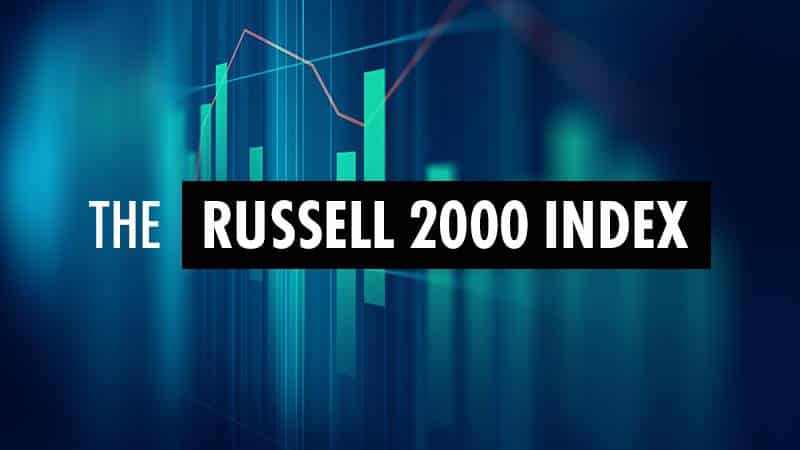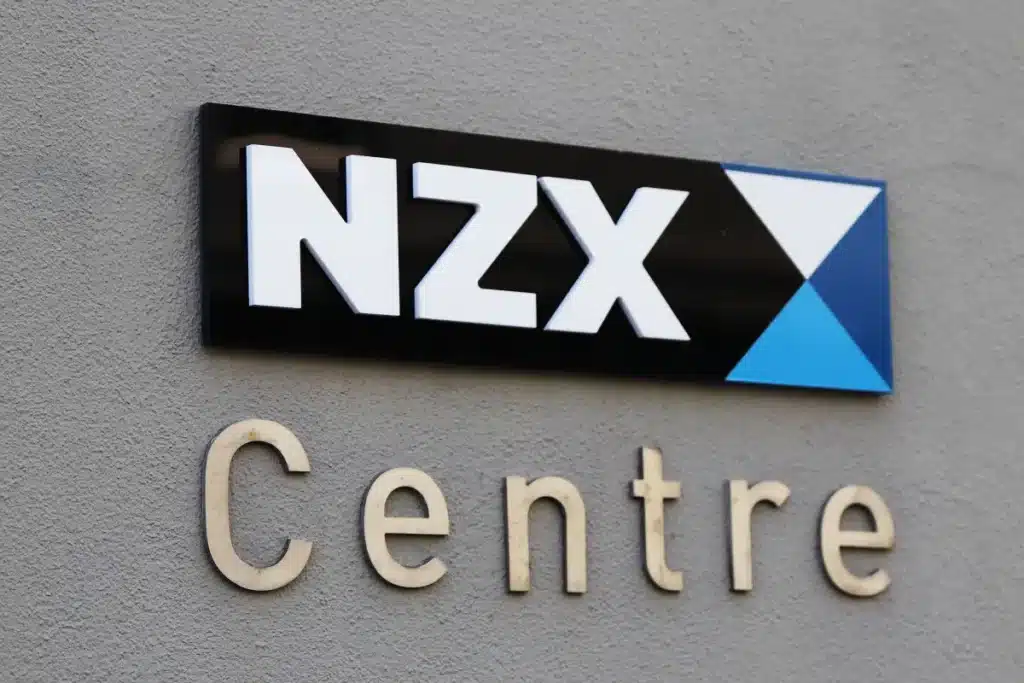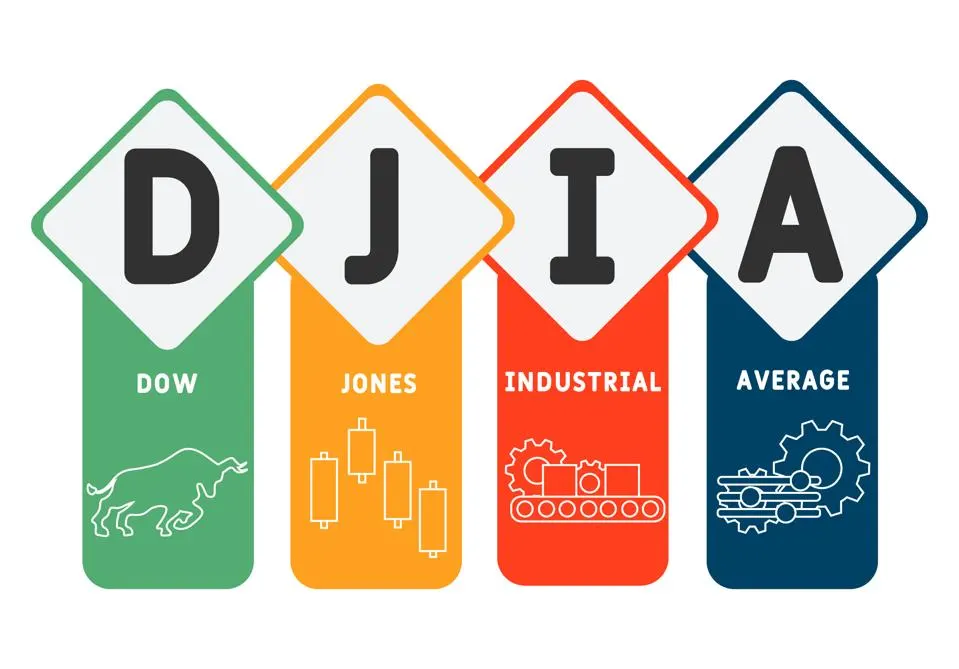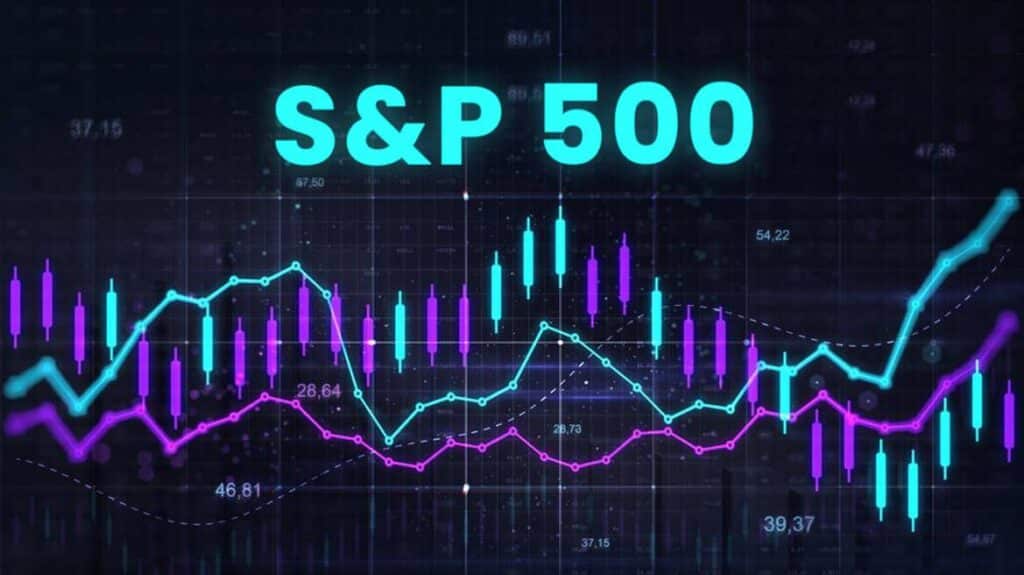Futures Rise Amid Greer Tariff Testimony – What’s Moving Markets
In today’s market update, U.S. stock futures saw an upward trend following what has been described as a whipsaw session to kick off the trading week. The rise in futures reflects investor adjustment and speculation surrounding recent developments in tariff policies put forth by President Donald Trump, introducing a dynamic yet challenging atmosphere in the markets.
On this bright Tuesday morning, traders and investors alike are anticipating the testimony of Ashleigh Greer, a key economic advisor, whose insights are expected to shed light on the potential future impacts and adjustments to the recently imposed tariffs. These tariffs have brought about a wave of uncertainty, prompting market participants to closely observe any signals or data suggesting shifts or modifications in the policy course.
Understanding Tariffs and Market Reactions
Tariffs, which are essentially taxes on imports, are implemented to either encourage local consumption or to address unfair trade practices. However, they also have unintended ripple effects on the global stage, influencing everything from commodity prices to currency value and market stability.
The introduction of these tariffs has left traders in a precarious position, nervously scanning the horizon for indicators of economic ramifications. The balancing act requires keen attention to not only direct impacts but also secondary and tertiary effects across different sectors.
Futures as an Economic Indicator
Stock futures provide investors with a glimpse into market expectations. A rise in futures generally indicates optimism or a predicted increase in stock prices. This optimism today springs from the hope that Greer’s testimony may bring clarity, potentially mitigating some of the market apprehension activated by the tariffs.
The markets have been oscillating between skepticism and cautious optimism, and futures movements often serve as a reflection of sentiment in the uneasy dance between certainty and speculation.
Global Reactions and Other Forces in Play
While U.S. markets are undeniably engrossed with the local implications of these tariffs, they are not isolated from global investor sentiments. International players especially those with substantial trade relationships with the U.S. are closely watching these developments. For instance, reactions from China, a major U.S. trading partner, could significantly alter market dynamics. Recently, China has taken a firm stand, declaring it will not concede if new threat levels of tariffs are pursued.
Oil prices and commodity markets are also on high alert, with major financial institutions like Goldman Sachs speculating on potential dips, foreseeing oil prices could drop significantly by 2026 if current trends persist.
Such interconnected global factors contribute to the complexity of market predictions, underlying the importance of staying informed and adaptable for both seasoned and novice investors.
Conclusion
All eyes will be on Greer’s testimony as investors and market analysts await necessary insights that could influence short and long-term trading decisions. During times like these, prudence, vigilance, and a strategic approach are critical for navigating the stock market labyrinth. Armed with understanding and a dash of caution, investors can maneuver these challenging waters and potentially emerge with rewarding results.
Understanding Today’s Top Analysis in the Stock Market
Reading through the latest market updates can feel overwhelming, especially with the ever-changing dynamics in the global economy. Today, we’re diving into some key analyses that might help shed light on the current stock market trends and what they mean for potential investors like you.
4 Signs Suggesting That Stocks Are Finally Stabilizing
Recently, investors have been riding a volatile wave, with market fluctuations reflecting global economic uncertainties. However, there are now indications that stocks may be stabilizing. This analysis highlights four critical signs pointing toward this potential stabilization:
- Decreasing Volatility: Over recent trading sessions, the highs and lows aren’t as extreme, which might suggest investors are gaining confidence in the market.
- Consistent Earnings Reports: Companies are beginning to report steady returns, which suggests fundamental strengths despite macroeconomic challenges.
- Monetary Policy Adjustments: Central banks are adjusting policies to promote stability and growth, further instilling investor confidence.
- Improved Economic Indicators: Key economic measures such as employment rates and consumer spending are showing positive trends, contributing to a more optimistic market outlook.
For those looking to dive into the stock market, recognizing these stabilizing factors can offer reassurance, though it’s crucial to remain informed and cautious.
USD/JPY Faces Double Whammy From Tariffs and Potential Fed Policy Shift
Currency markets often reflect broader economic conditions, and the USD/JPY pair is no different. It’s currently experiencing what analysts call a “double whammy”. This term reflects two significant pressures: tariffs and an expected shift in Federal Reserve policy.
- Tariffs: The imposition of tariffs, particularly those influencing U.S. trade relationships, has brought uncertainty. This impacts investor confidence and can lead to fluctuations in currency value.
- Federal Reserve Policy: Potential changes in U.S. monetary policy could influence interest rates. Such adjustments directly affect currency strengths, including the USD/JPY pair, possibly leading to added volatility.
For investors dealing in forex or considering it, keeping a close eye on these developments is essential for strategic planning and risk management.
USD/JPY Lifts as Bond Yields Surge and Risk Appetite Recovers
Alongside the shifting currency dynamics, the USD/JPY pair has seen some upward movement recently. This surge is largely attributed to increasing bond yields and a revived risk appetite among investors.
- Bond Yields: As yields rise, they typically attract more investors to U.S. assets, including the dollar, thus lifting its value relative to other currencies.
- Risk Appetite: With abating global fears, investors are gradually embracing riskier assets, enhancing demand for currencies like the USD. This boost in investor sentiment contributes to the pair’s upward trajectory.
Recognizing these factors as part of a bigger economic puzzle can help those involved in trading decide when and how to engage the market proactively.
US Dollar Slide Sparks Concerns Over Bond Demand Ahead of 3 Big Treasury Auctions
The USD’s recent slide has stirred concerns, particularly regarding upcoming Treasury auctions. The demand for these auctions often reflects market sentiment about future economic health and policy direction.
- Market Sentiment: A declining dollar might suggest waning confidence in the U.S. economy, prompting investors to reevaluate their investment strategies.
- Treasury Auctions: Strong demand in these auctions is typically seen as a positive sign; however, a lackluster response could raise questions about future economic stability.
Thus, understanding these developments provides a crucial edge for investors seeking to navigate the complexities of government debt instruments.
These analyses collectively offer a snapshot of the current stock market climate. For those keen on making informed investment decisions, staying updated with such analyses can provide valuable insights and guidance. As always, learning and adapting based on the latest data are key to successful investing.
Understanding Today’s Top News in the Stock Market
The stock market is constantly in flux, responding to a myriad of global events and economic policies. Today’s top news headlines offer a snapshot into the current market dynamics, illustrating both opportunities and risks for investors. Let’s break down what’s happening today and its potential impact on your investments.
5 featured stocks in 2025
U.S. Stock Futures Jump
Today, we’re seeing a positive start to the day with U.S. stock futures on the rise. This increase suggests a hopeful sentiment among investors who are closely watching developments in tariff negotiations. It’s crucial for investors to stay informed about these negotiations as any positive news could bolster market confidence further, while setbacks might trigger a market pullback. The futures market acts as a barometer for market expectations and can provide insights into how stocks might perform at the opening bell.
UBS’s Market Alert
UBS has issued a cautious note, suggesting that a further 5-10% drop in the S&P 500 may cause the Federal Reserve to cut interest rates. Why does this matter? Interest rate cuts typically aim to stimulate the economy by making borrowing cheaper, encouraging spending and investment. As an investor, it’s important to understand that such cuts can lead to lower yields on savings accounts but might create upward pressure on stock prices, as companies benefit from easier access to capital.
Goldman Sachs’ Oil Price Warning
Goldman Sachs has projected that oil prices could drop below $40 by late 2026, given certain market conditions. Oil prices are a significant economic indicator as they affect everything from consumer prices to production costs. For investors, this could mean looking at the energy sector with a bit more skepticism. Lower oil prices might benefit industries dependent on transportation, but could spell trouble for oil producers and related sectors.
China’s Stance on Tariffs
In an international twist, China has stated it will not cave to new tariff threats from the U.S. This reflects ongoing tensions in U.S-China trade relations, which have been a major point of concern for investors. The outcome could affect global trade dynamics, influencing stock markets far beyond the U.S. and China. A resolution may lead to relief rallies, while heightened tensions could mean increased volatility.
Elon Musk’s Appeal to Trump
In a noteworthy move, Elon Musk has appealed to President Trump to reverse broad trade tariffs, as reported by the Washington Post. Musk’s involvement highlights how critical these trade discussions are to influential business leaders and their companies. For Tesla and other companies reliant on global supply chains, these tariffs mean higher costs and complex logistical challenges. Investors should watch how potential tariff rollbacks could impact company stock valuations positively.
Each of these news events carries the potential to shift market dynamics and influence investment strategies. Whether you’re a seasoned trader or just dipping your toes into the investing world, staying informed about these developments is key to making sound, strategic decisions with your portfolio.








